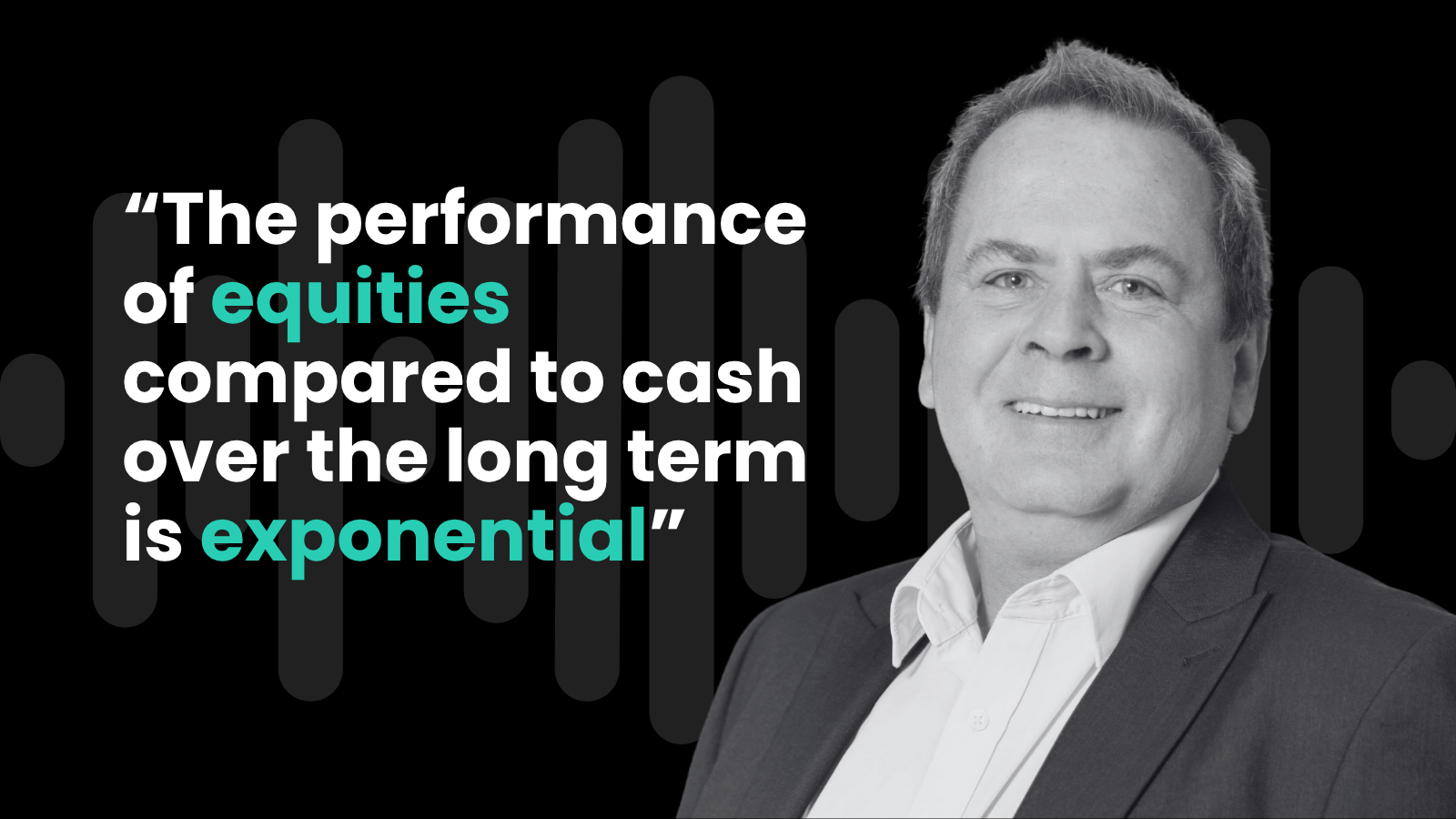Gold bugs are having their moment. The precious metal has spent the autumn smashing through historic records, sailing past $4,300 per troy ounce in October 2025 — a level unimaginable a decade ago.
The usual chorus has followed: investors piling into gold bars, ETFs, and any financial instrument with the faintest whiff of bullion about it. But according to one seasoned watch investor, the savvier opportunities may be ticking away on wrists rather than lying dormant in vaults.
Daniel Niels Nielsen, a man who speaks about horology with the same calm confidence others reserve for sovereign debt markets, runs TimeTrade Investments, a firm operating across Europe and the UAE. Its business: assembling specialist portfolios of investment-grade watches, particularly those made of gold.
Nielsen thinks most investors are missing the point. The real opportunity in a gold bull market, he suggests, sits in the much smaller — and far more elegant — world of luxury timepieces.
“Gold has historically preserved or increased in value through volatile periods,” he says, noting that central banks have been large net buyers in recent years, adding further pressure to prices. “But gold itself doesn’t generate cash flow; it simply tracks its own price. So investors flock to financial instruments that mirror its movements.”
Watches, he argues, offer something more interesting. “Gold watches represent a unique asset class. Yes, they correlate with the raw material price — but they come with added dimensions: brand value, craftsmanship, scarcity. The production of gold watches is deliberately limited. Many models are extraordinarily difficult to acquire at retail. That layer of scarcity protects them from volatility and gives them potential to outperform the gold price.”
- British gold buying hitting crisis levels, says top dealer
- UK deal makers blame government for market gloom
- Family offices turning to crypto to hedge against political uncertainty
This is not merely marketing patter. According to Nielsen, Timetrade’s watch portfolios have risen by 220 per cent since 2019 for clients with low- to medium-risk profiles, beating gold, and indeed most major stock indices, over the same period. In other words, the right watch can be both a store of value and a growth asset.
Which gold watches see the most price movement?
Part of this comes down to the strange, staggered rhythm of the watch market. Luxury watches tend not to react quickly to movements in gold prices, especially on the second-hand market, which is where investors operate. Brands move first, raising their retail prices to reflect higher material costs. This year, Rolex — predictably — led the charge, lifting prices across multiple models. The most eye-catching hike was on the gold Daytona, which jumped by roughly 14 per cent, according to the Italian Watch Spotter price list.
But the secondary market plays catch-up. “Producers like Rolex adjust the list prices as gold becomes more expensive,” Nielsen explains. “The second-hand market typically reacts with a six- to nine-month delay, once buyers recognise the raw-material value embedded in the watch alone.”
A golden window for investors
For investors, this lag creates what he calls a “golden window” — a period in which the watch’s material value has risen but its resale price has yet to fully reflect the shift. In other words: buy before the market wakes up, and sell once it does.
Of course, no investment class is without romance when the marketing is good enough. But in an age where bullion is already eye-wateringly expensive, perhaps the oldest lesson still applies: time, handled correctly, is money.






















Comments (0)